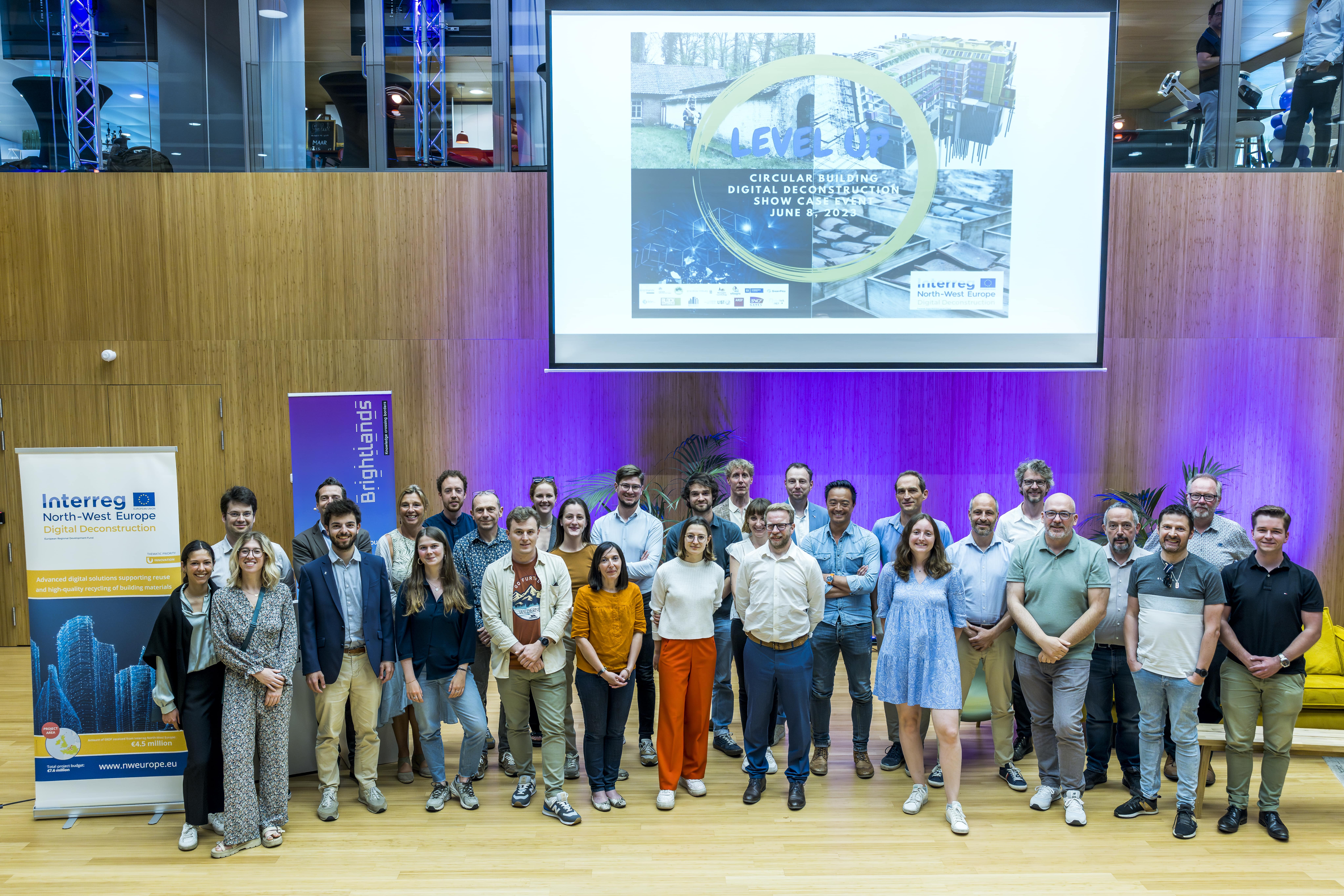Article in Le Moniteur (FR) about reuse building materials

This French article is written after the 2nd Regional Innovation Hub in Paris, at Greenflex office.
Acces to the article directly (when you are subscriber).
Read the full French content hereby:
Copyright:
Réemploi des matériaux : ces projets qui émergent en Ile-de-France
Bruno Mouly | le 16/09/2022 | Réemploi des matériaux, Economie circulaire, Ile-de-France
Ma newsletter personnalisée
La deuxième édition du Hub d’Innovation du Réemploi organisé le 15 septembre par Greenflex à Paris, a mis en évidence divers projets et opérations d’économie circulaire dans le bâtiment.
Avec la production de 41 millions de tonnes (Mt) par an de déchets de matériaux de construction, dont 51% sont issus de la démolition des bâtiments (21 Mt), 36% de leur rénovation (15,1 Mt) et 13% de la construction neuve (5,6 Mt), l’économie circulaire dans le bâtiment a une importante marge de progression lorsqu’on sait que moins de 1% de ces déchets sont réemployés.
De multiples projets de réemploi commencent de fait à se développer en France et en Europe. « Le projet européen Interreg Nord West Europe Digital Deconstruction, qui regroupe 14 partenaires européens dont les français Vilogia bailleur social, l’Arep l’agence d’architecture pluridisciplinaire, SNCF Gares & Connexions et Greenflex, a l’ambition d’aider au développement d’une filière de réemploi en agrégeant la demande et en améliorant la qualité de l’offre » a indiqué Sébastien Delpont, directeur conseil chez Greenflex.
Les partenaires de ce projet (dont les Français qui hébergent les sites pilotes dans l’hexagone) ont l’objectif de systématiser le réemploi des matériaux lors de la déconstruction des bâtiments. Le programme s’articule autour d’échanges sur les pratiques et sur la mise en commun des connaissances des acteurs du secteur. Il soutient le développement d’outils digitaux facilitant le réemploi et la déconstruction sélective et s’attache à tester ces outils sur 5 chantiers pilotes de déconstruction de bâtiment pour évaluer leur pertinence et améliorer leur développement en fonction des besoins. « Le numérique doit servir d’outil d’aide à la décision aux stratégies de déconstruction » a-t-il souligné.
L'Ile-de-France en pointe
En France, les projets se multiplient tous azimuts. Plaine Commune, communauté de 8 communes de Seine-Saint-Denis, s’engage dans l’économie circulaire du BTP à l’échelle de son territoire. « Notre projet vise à généraliser le réemploi des matériaux sur l’ensemble des programmes de démolition, de réhabilitation et de construction de bâtiments sur la base des exigences d’une charte d’économie circulaire et d’une boîte à outils qui permet de sourcer les matériaux de réemploi » a précisé Justine Emringer, cheffe de projet Métabolisme urbain de Plaine Commune. Ainsi, la réhabilitation de la friche Badcock à la Courneuve a permis de récupérer des briques pour la maçonnerie paysagère d’une ferme agricole urbaine à Stains. Et sur le chantier d’Icade Pulse à Aubervilliers, on a réemployé les dalles de faux planchers.
De son côté, Est Métropole Habitat « a récupéré et valorisé 2 600 m2 de parquet en chêne massif dans la réhabilitation de la friche urbaine l’Autre Soie à Villeurbanne (Rhône) » selon Paul Sachot, son chargé de mission Expérimentation.
Enfin, dans la transformation de l’ancien siège d’Airbus à Suresnes (Hauts-de-Seine) en résidence étudiante, commerces et bureaux dont une partie sera livrée en février 2023, Vilogia va réemployer in-situ et hors-situ, 1 000 m2 de pierres de façade, 150 m de cloisons vitrées, 1000 m2 de faux plafonds, 110 stores et 1300 m2 de faux plancher.












































